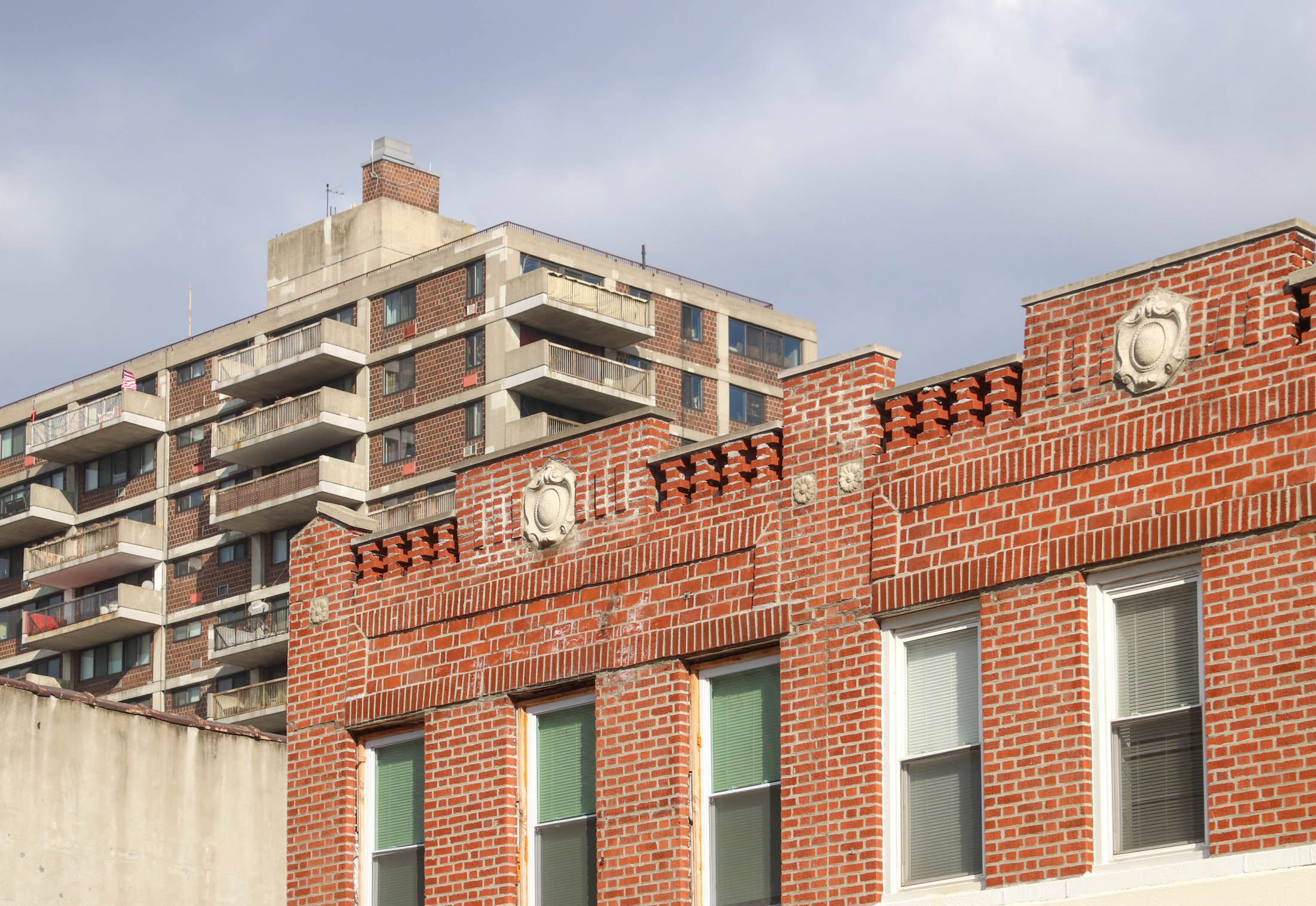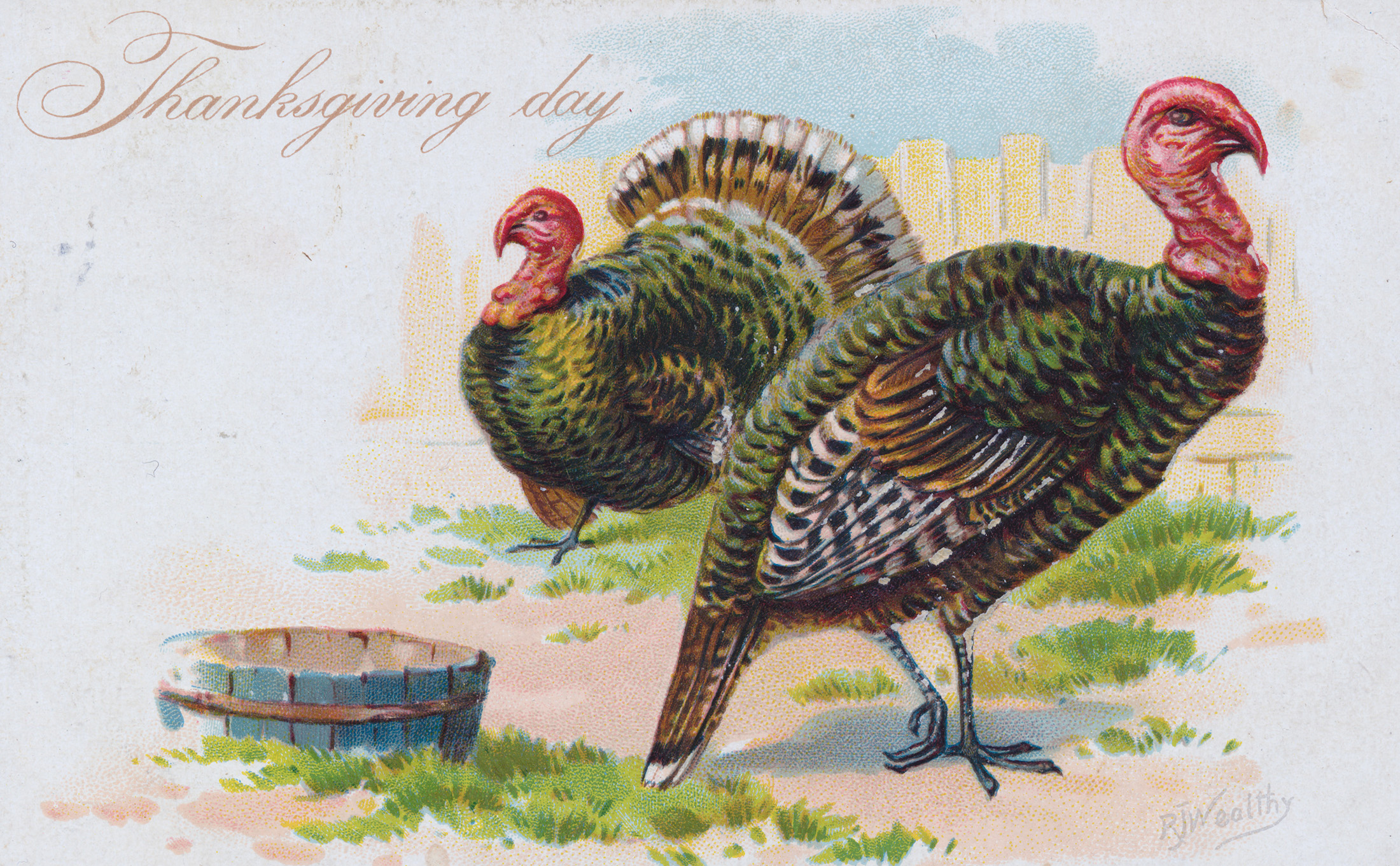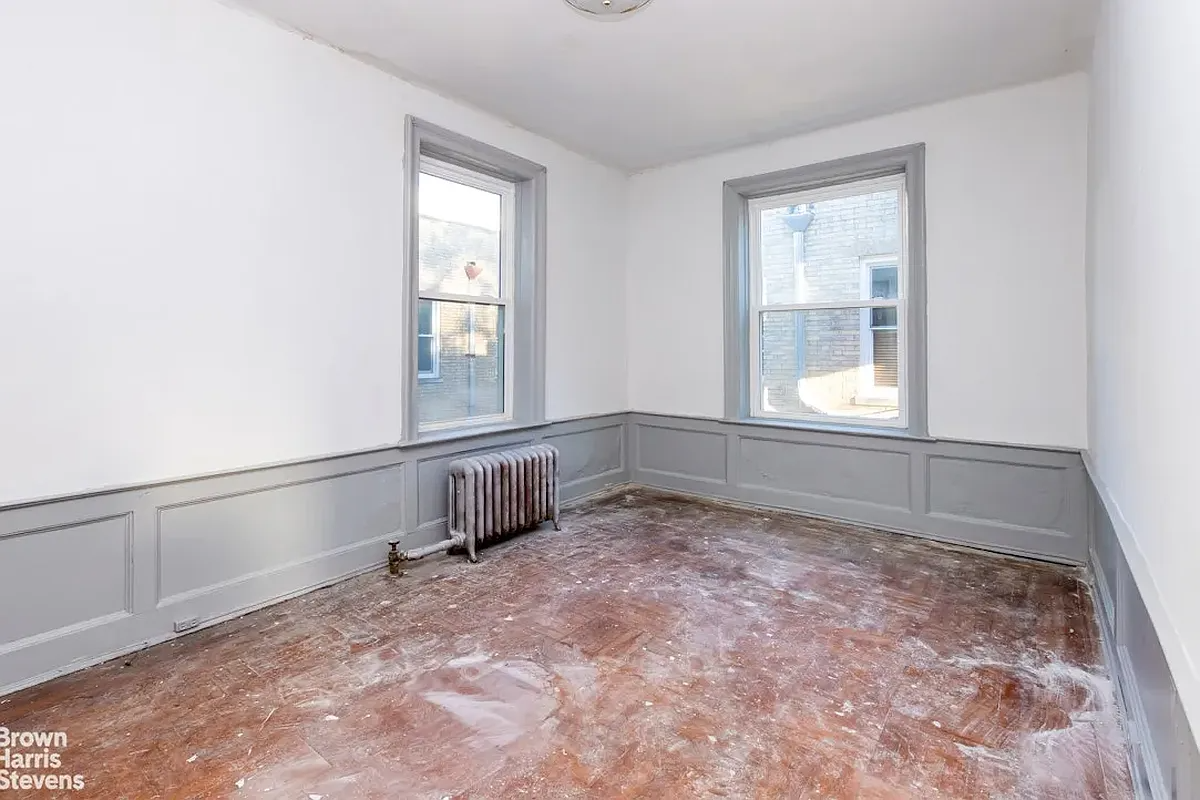Little Boxes, Big Slums
So what happens when McMansions all over the country are downgraded in status and price to the dollar menu? According to an article in The Atlantic, it means we’re witnessing a huge shift in where Americans are choosing to live. The piece, by Brookings Institution fellow/Arcadia Land Company honcho Christopher B. Leinberger, racks up fact…


So what happens when McMansions all over the country are downgraded in status and price to the dollar menu? According to an article in The Atlantic, it means we’re witnessing a huge shift in where Americans are choosing to live. The piece, by Brookings Institution fellow/Arcadia Land Company honcho Christopher B. Leinberger, racks up fact after fact to support the theory that the suburbanization of the U.S. has run its course:
For 60 years, Americans have pushed steadily into the suburbs, transforming the landscape and (until recently) leaving cities behind. But today the pendulum is swinging back toward urban living, and there are many reasons to believe this swing will continue. As it does, many low-density suburbs and McMansion subdivisions, including some that are lovely and affluent today, may become what inner cities became in the 1960s and ’70s—slums characterized by poverty, crime, and decay.
Leinberger argues that as cities have increased in cachet over the past decade or so, builders have gone gangbusters on the suburbs, leading to overdevelopment in non-urban areas and huge price premiums in our cities. One demographer he cites forecasts a “likely surplus of 22 million large-lot homes forecasts a likely surplus of 22 million large-lot homes (houses built on a sixth of an acre or more) by 2025—that’s roughly 40 percent of the large-lot homes in existence today.” There are plenty of good reasons to believe cities—and manufactured, urban-esque “lifestyle centers” outside of cities that include walkable streets and retail clusters—will only continue to grow in popularity. For example, Leinberger notes that by 2025 there will be an equal number of single-person households as families with children. The whole article is well worth a read, though it oddly doesn’t address the possible racial ramifications of a suburbia-as-slum/cities-of-gold cultural shift. Still and all, it’s a sobering look at how the McMansion developments of today may be the poverty-stricken badlands of tomorrow.
The Next Slum? [The Atlantic]
Photo by bob.





11.07 – half the brownstone owners on here seem to be boarding people in their house too in order to pay the mortgage.
The problem of home depreciation in the suburbs hurts much more than it does in a city, because many people moved to the suburbs for one reason and one reason only.
To get a bigger house.
While I love my studio, it is my neighborhood and my city that feeds me and keeps me happy.
In the burbs, it is your 3000 sf, your yard and your pool.
Once those things become worthless, there is a lot less to keep you happy than there is a cultural thriving city.
These articles and this news does not apply to the near-suburbs of NYC. They are talking about the far-suburbs of NYC and of other cities. Those stupid inexplicable subdivisions you see in the middle of f*ing nowhere that are hours-long commutes to cities. Places where because of the idiotic location people could buy a house way bigger than they’d ever need for a more affordable price.
Funny how they never think about the REASON a house inside a city costs more! Uh, because it’s always more valuable you morons. If a house is too far away from a city it will not be a good investment, period. People made really bad decisions in both building and buying these monstrosities. And it dragged ALL of us down with them, even we who weren’t so retarded we’d actually invest in a crappy newly built ugly house 2 hours away from any city. Ugh. Let these houses rot, they deserve it and anybody could have seen this coming.
“but the real truth is that there are many times more cities in this country that are bleeding big time and crippled by crime, poor schools and depleting job picture.”
What you are failing to see right now though….because it is just beginning, that once this credit thing totally shakes itself out, you are going to see the majority of suburbs across this country filled with people who owe more on these big huge houses than they are worth.
Many might consider walking away, downsizing and moving to cities, where it seems to be a place where the asset of the home is more stable in price, if not rising.
These suburban areas are going to suffer from a severe loss of taxes, which will hurt the schools, potentially cause more crime and basically devalue your entire community.
Imagine living in a suburban area right now let’s say in NJ where every house in your neighborhood is worth 20% less than it was 2 years ago and maybe 1/10th of those people ow more on their homes than they are worth, another 1/3rd would maybe break even if they sold and the rest did ok because they bought before 2001.
Can you imagine the sortof problems that will arise when people start bolting??
An intersting concept, to be sure, but I agree that most of suburbia will not turn into slums. I can see some older subdivisions having an economic downturn, especially as houses that were not built all that well to begin with, start to deteriorate, and owners decide to move rather than repair. But established, and wealthier areas will stay that way. As the poster above noted, not everyone wants to live in cities, and I think many people still see the burbs as a better place to raise kids, so families will always keep these areas going.
It would be interesting to see, long range, if the cities turn into places for singles, childless couples and empty nesters, and the burbs are populated almost entirely by families and children. Personally, I think there are too many other variables – incomes, home prices, employment, transportation, etc, to make that a viable reality, at least not here on the Eastern Corridor.
The part where they discuss homes being turned into boarding homes seems realistic. Didn’t this happen in Ditmas Park?
I found the article very short on facts/stats. And while I’d very much like to see more of back-to-city movement, it seems more a fancy than truth.
Author cites a few cities (and maybe the number about a dozen) where prices in inner city are high and in demand….but the real truth is that there are many times more cities in this country that are bleeding big time and crippled by crime, poor schools and depleting job picture.
2 of my closest friends have moved over to the suburbs and they continually bitch about the cost of going back and forth to work. I love living in the city. So much to do.
What racial ramifications, Brownstoner? That’s a bit of pushing buttons needlessly. The rural areas and far suburbs becoming “slums” doesn’t mean they’re saying the suburbs won’t be mostly white anymore. There are plenty whites who do not have high income and their numbers are growing as the rural and Middle-American white population values education and science less and less. Plus there is a big drug problem in rural and Middle America among whites.
I read years ago, well before the bubble, that sociologists were saying rural America was the new ghetto. They were already seeing this coming a good while back.
It demonstrates just how predatory and awful these suburban developers and mortage banks were. They convinced Americans they weren’t living the American dream unless they lived in a bigass house. Then they gave big loans to people who never should have qualified for any loan much less a large one, to buy these oversized houses. Those developers and mortgage banks should go to prison.